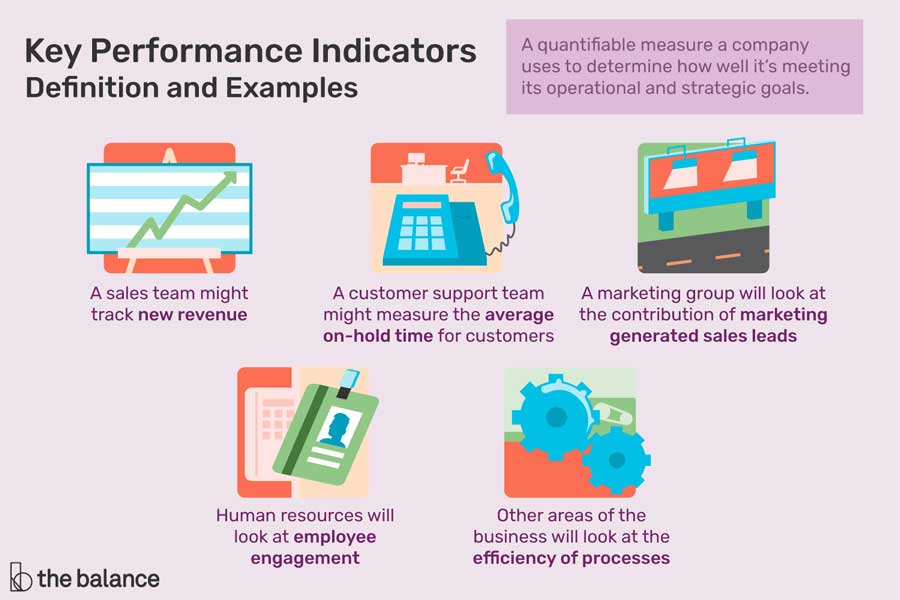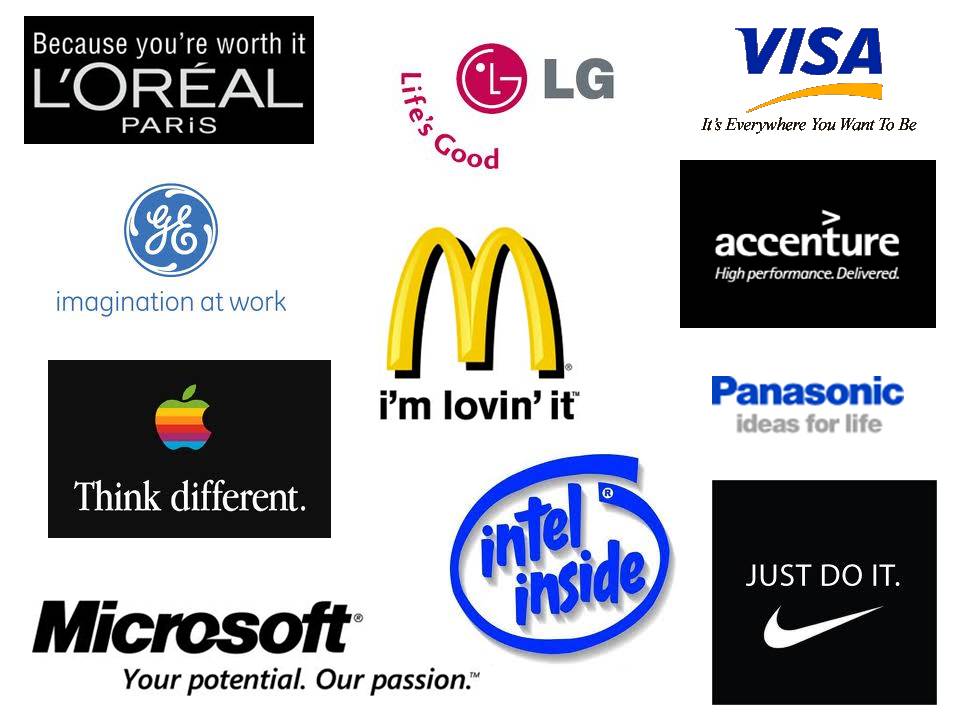Unlocking the Power of a Great Tagline
A well-crafted tagline is a powerful tool in branding and marketing, capable of capturing the essence of a brand’s identity and resonating with target audiences. A great tagline can be the difference between a brand that stands out from the crowd and one that blends into the background. But what makes a tagline truly effective? To answer this question, it’s essential to understand the role of a tagline in the broader context of branding and marketing.
In today’s competitive market, a tagline is more than just a catchy phrase – it’s a key element in a brand’s overall identity. A great tagline can help to differentiate a brand from its competitors, convey its unique value proposition, and create an emotional connection with its target audience. When done correctly, a tagline can become synonymous with the brand itself, making it an indispensable part of the brand’s marketing strategy.
For example, Nike’s “Just Do It” tagline is a masterclass in simplicity and effectiveness. The phrase is short, memorable, and empowering, making it a perfect reflection of the Nike brand. Similarly, Apple’s “Think Different” tagline is a powerful statement that resonates with the brand’s commitment to innovation and creativity. These taglines have become an integral part of the brand’s identity, making them instantly recognizable and memorable.
So, what is a tagline example that can inspire and motivate? A great tagline is one that is authentic, creative, and relevant to the brand’s target audience. It should be a phrase that resonates with the brand’s values, personality, and unique selling proposition (USP). By crafting a tagline that truly represents the brand, businesses can create a powerful marketing tool that drives customer engagement, builds brand awareness, and ultimately, drives sales.
In the next section, we’ll explore the definition of a tagline, its purpose, and how it differs from other branding elements like logos and mission statements. By understanding the fundamentals of a tagline, businesses can create a solid foundation for their branding and marketing efforts.
What is a Tagline, Anyway?
A tagline is a concise phrase or slogan that captures the essence of a brand’s identity and values. It is a key element in a brand’s overall marketing strategy, designed to communicate the brand’s unique value proposition (USP) and differentiate it from its competitors. A well-crafted tagline can be a powerful tool in building brand awareness, creating an emotional connection with target audiences, and driving customer engagement.
So, what is a tagline example? A tagline is typically a short phrase or sentence that is used in conjunction with a brand’s logo, advertising, and marketing materials. It is meant to be memorable, catchy, and easy to repeat. A great tagline should be able to stand alone, without the need for additional context or explanation. It should be a phrase that resonates with the brand’s target audience and leaves a lasting impression.
For example, a tagline like “Just Do It” is a great example of a concise and memorable phrase that captures the essence of the Nike brand. Similarly, a tagline like “Think Different” is a powerful statement that reflects the Apple brand’s commitment to innovation and creativity. These taglines are more than just catchy phrases – they are a reflection of the brand’s values, personality, and USP.
In contrast to a mission statement, which is typically a longer and more formal statement that outlines a company’s purpose and goals, a tagline is a shorter and more concise phrase that is designed to be memorable and catchy. While a mission statement is often used internally to guide a company’s decision-making and strategy, a tagline is typically used externally to communicate the brand’s identity and values to its target audience.
By understanding the definition and purpose of a tagline, businesses can create a solid foundation for their branding and marketing efforts. In the next section, we’ll explore the best practices for crafting a tagline that truly represents a brand’s values, personality, and USP.
How to Create a Tagline that Truly Represents Your Brand
Creating a tagline that accurately reflects a brand’s values, personality, and unique selling proposition (USP) requires careful consideration and creativity. A great tagline should be memorable, catchy, and easy to repeat, while also conveying the brand’s message and resonating with its target audience. So, what is a tagline example that can inspire and motivate? Here are some tips and best practices for crafting a tagline that truly represents your brand:
1. Keep it simple and concise: A great tagline should be short and to the point. Aim for a phrase that is no more than 2-3 words, and avoid using jargon or technical terms that may confuse your target audience.
2. Make it memorable: A memorable tagline is one that is easy to remember and repeat. Use rhymes, alliteration, or other literary devices to make your tagline more engaging and memorable.
3. Focus on the benefits: Instead of listing features or attributes, focus on the benefits that your brand offers to its customers. What sets your brand apart from its competitors? What unique value proposition do you offer?
4. Use emotional language: Emotions play a powerful role in decision-making, so use emotional language to connect with your target audience. Use words that evoke feelings such as excitement, joy, or trust.
5. Test and refine: Once you have a few tagline options, test them with your target audience and refine them based on feedback. Use online surveys, focus groups, or social media to gather feedback and iterate on your tagline.
By following these tips and best practices, you can create a tagline that truly represents your brand and resonates with your target audience. Remember to keep it simple, make it memorable, focus on the benefits, use emotional language, and test and refine your tagline to ensure it is effective.
In the next section, we’ll explore some examples of effective taglines from well-known brands, highlighting what makes them effective and how they contribute to the brand’s overall identity.
Examples of Effective Taglines: What Makes Them Tick?
When it comes to creating a tagline that truly represents a brand, there are many examples of successful taglines that can serve as inspiration. Here are a few examples of effective taglines from well-known brands, along with an analysis of what makes them tick:
Nike: “Just Do It” – This iconic tagline is a great example of a simple and memorable phrase that resonates with Nike’s target audience. The phrase is short, catchy, and empowering, making it a perfect reflection of the Nike brand.
Apple: “Think Different” – This tagline is a powerful statement that reflects Apple’s commitment to innovation and creativity. The phrase is simple, yet effective, and has become synonymous with the Apple brand.
Coca-Cola: “Taste the Feeling” – This tagline is a great example of a phrase that evokes emotions and creates a sense of nostalgia. The phrase is catchy and memorable, and has become a key part of Coca-Cola’s branding strategy.
De Beers: “A Diamond is Forever” – This tagline is a great example of a phrase that creates a sense of luxury and exclusivity. The phrase is simple, yet effective, and has become synonymous with the De Beers brand.
So, what makes these taglines effective? Here are a few common themes that run through each of these examples:
Simple and memorable: Each of these taglines is simple and easy to remember. They are short, catchy phrases that can be easily repeated and remembered.
Emotional resonance: Each of these taglines evokes emotions and creates a sense of connection with the target audience. They are phrases that resonate with people on a deeper level, making them more memorable and effective.
Brand identity: Each of these taglines reflects the brand’s identity and values. They are phrases that are consistent with the brand’s overall messaging and tone, making them more effective and memorable.
By analyzing these examples of effective taglines, we can gain a better understanding of what makes a tagline truly effective. In the next section, we’ll discuss the role of taglines in advertising and marketing campaigns, including how they can be used to create memorable ads, build brand awareness, and drive customer engagement.
The Role of Taglines in Advertising and Marketing Campaigns
Taglines play a crucial role in advertising and marketing campaigns, serving as a key element in building brand awareness, creating memorable ads, and driving customer engagement. A well-crafted tagline can help to differentiate a brand from its competitors, convey its unique value proposition, and resonate with its target audience.
In advertising campaigns, taglines are often used in conjunction with visual elements, such as images or videos, to create a lasting impression on the viewer. A memorable tagline can help to make an ad more engaging, increasing the likelihood that viewers will remember the brand and its message. For example, a tagline like “Just Do It” from Nike is often used in conjunction with powerful images of athletes in action, creating a lasting impression on the viewer and reinforcing the brand’s message.
In marketing campaigns, taglines can be used to create a sense of continuity and consistency across different channels and platforms. A well-crafted tagline can be used in social media, email marketing, and other digital channels to create a cohesive brand message and build brand awareness. For example, a brand like Coca-Cola might use a tagline like “Taste the Feeling” across its social media channels, creating a sense of continuity and consistency that reinforces the brand’s message and builds brand awareness.
Taglines can also be used to drive customer engagement and encourage customer loyalty. A well-crafted tagline can create a sense of emotional connection with the customer, increasing the likelihood that they will become loyal to the brand. For example, a brand like Apple might use a tagline like “Think Different” to create a sense of emotional connection with its customers, encouraging them to think creatively and challenge the status quo.
Overall, taglines play a critical role in advertising and marketing campaigns, serving as a key element in building brand awareness, creating memorable ads, and driving customer engagement. By incorporating a well-crafted tagline into their marketing strategy, brands can create a lasting impression on their target audience and build a strong brand identity.
In the next section, we’ll discuss common mistakes to avoid when creating a tagline, including using clichés, being too vague, or failing to resonate with the target audience.
Common Mistakes to Avoid When Creating a Tagline
When creating a tagline, there are several common mistakes to avoid in order to ensure that your tagline is effective and resonates with your target audience. Here are some of the most common pitfalls to watch out for:
Using clichés: Avoid using overused and generic phrases that don’t add any unique value to your brand. Clichés can make your tagline sound unoriginal and unmemorable.
Being too vague: A tagline that is too vague or generic can fail to resonate with your target audience. Make sure your tagline is specific and clearly communicates your brand’s unique value proposition.
Failing to resonate with the target audience: A tagline that doesn’t resonate with your target audience can be ineffective and fail to achieve its intended purpose. Make sure to test your tagline with your target audience and gather feedback to ensure it resonates with them.
Using jargon or technical terms: Avoid using technical terms or jargon that may be unfamiliar to your target audience. Use simple and clear language that is easy to understand.
Not being consistent: Consistency is key when it comes to branding. Make sure your tagline is consistent with your brand’s overall messaging and tone.
By avoiding these common mistakes, you can create a tagline that is effective, memorable, and resonates with your target audience. Remember, a great tagline is one that is simple, yet powerful, and clearly communicates your brand’s unique value proposition.
In the next section, we’ll discuss how to measure the success of a tagline, including relevant KPIs such as brand recognition, customer recall, and campaign ROI.
Measuring the Success of a Tagline: Key Performance Indicators (KPIs)
Measuring the success of a tagline is crucial to understanding its effectiveness and making data-driven decisions to improve it. Here are some key performance indicators (KPIs) to help you measure the success of your tagline:
Brand Recognition: Measure the number of people who recognize your brand and associate it with your tagline. You can use surveys, focus groups, or online polls to gather this data.
Customer Recall: Measure the number of customers who can recall your tagline and associate it with your brand. You can use surveys, focus groups, or online polls to gather this data.
Campaign ROI: Measure the return on investment (ROI) of your tagline campaign. This can include metrics such as website traffic, social media engagement, and sales conversions.
Social Media Engagement: Measure the engagement metrics of your tagline on social media platforms, such as likes, shares, comments, and hashtag uses.
Website Traffic: Measure the number of visitors to your website and the pages they visit. This can help you understand how your tagline is driving traffic to your website.
By tracking these KPIs, you can gain a deeper understanding of how your tagline is performing and make data-driven decisions to improve it. Remember, a great tagline is one that resonates with your target audience and drives business results.
In the next section, we’ll discuss the importance of periodically reviewing and updating your tagline to ensure it remains relevant and effective in a changing market landscape.
Evolution of Taglines: When to Update or Refresh Your Brand’s Slogan
A tagline is not a static element of a brand’s identity. It can evolve over time to reflect changes in the market, the brand’s values, or its target audience. Periodically reviewing and updating a tagline is essential to ensure it remains relevant and effective in a changing market landscape.
So, when should you update or refresh your brand’s slogan? Here are some scenarios to consider:
Changes in the market: If there are significant changes in the market, such as a shift in consumer behavior or a new competitor entering the scene, it may be necessary to update your tagline to reflect these changes.
Changes in the brand’s values: If your brand’s values or mission have changed, it may be necessary to update your tagline to reflect these changes.
Changes in the target audience: If your target audience has changed, it may be necessary to update your tagline to resonate with the new audience.
Brand refresh or rebranding: If your brand is undergoing a refresh or rebranding, it may be necessary to update your tagline to reflect the new brand identity.
Updating or refreshing a tagline can be a complex process, but it can also be an opportunity to reinvigorate your brand and connect with your target audience in a new way. By periodically reviewing and updating your tagline, you can ensure it remains relevant and effective in a changing market landscape.
In conclusion, a well-crafted tagline is a powerful tool in branding and marketing, but it is not a static element of a brand’s identity. By understanding the importance of a tagline, how to create one, and when to update or refresh it, you can create a tagline that truly represents your brand and resonates with your target audience.







